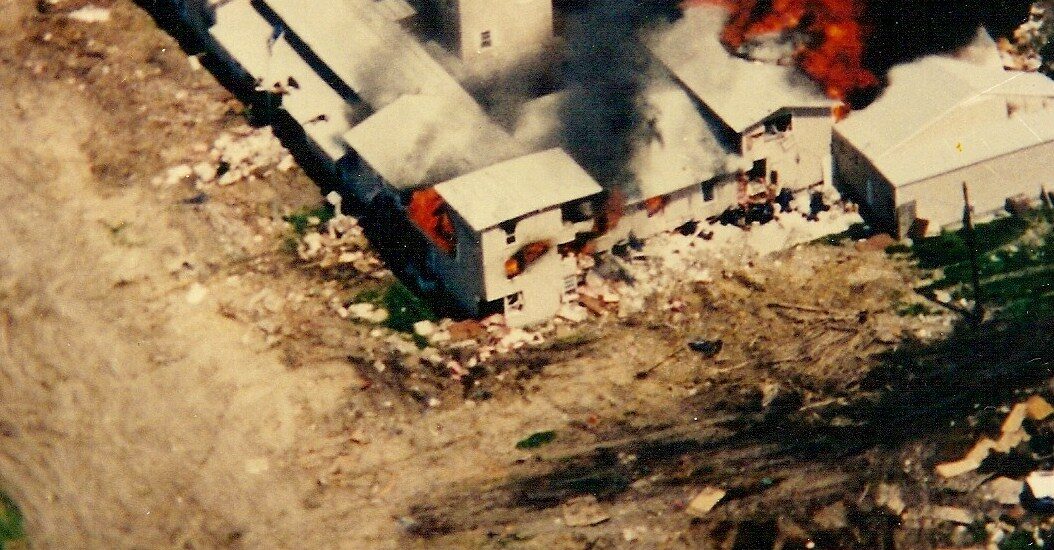Welcome to Mount Carmel Center, a site steeped in history, controversy, and tragedy. Located near Waco, Texas, this location was once the focal point of a dramatic and devastating event that captured the world’s attention in the early 1990s. But first, let’s delve into its origins.
The story of Mount Carmel begins in the mid-20th century with the establishment of the Branch Davidians. This religious sect was initially founded by Victor Houteff, who branched off from the Seventh-Day Adventist Church to form the Davidian movement. In 1959, Ben Roden, a follower of Houteff, established the Branch Davidians as an offshoot, further refining their beliefs and prophecies. By 1962, Roden and his followers had settled on a piece of land about 10 miles east of Waco, which they named Mount Carmel, after the biblical location. Here, the community lived a simple life, preparing for what they believed to be the imminent return of Jesus Christ.
Fast forward to the 1980s, and the community found itself embroiled in a power struggle that would set the stage for the events to come. Vernon Howell, later known as David Koresh, emerged as a leader of the Branch Davidians by the late 1980s. Under his leadership, the community experienced significant changes. Koresh began taking ‘spiritual wives,’ some of whom were alarmingly young, which raised suspicions and concern among outside observers. Additionally, his foray into the retail gun business attracted attention from legal authorities.
The situation escalated dramatically in 1993 when the U.S. Bureau of Alcohol, Tobacco and Firearms (ATF) sought to investigate allegations of an illegal weapons stockpile at the compound. On February 28, 1993, a raid was conducted, resulting in a two-hour gun battle that left four federal agents and six Davidians dead. The standoff that ensued would last for 51 days, drawing intense media scrutiny and public interest.
Negotiations between the Branch Davidians and federal agents were fraught with tension and difficulty. While some members, including children, were allowed to leave, Koresh remained unyielding, often citing religious texts and prophecies during discussions. As the standoff dragged on, the FBI employed various psychological tactics to induce surrender, but to no avail. Ultimately, U.S. Attorney General Janet Reno authorized a final raid on April 19, 1993. During the assault, fires broke out within the compound, leading to its destruction and the deaths of nearly 80 people, including Koresh and 25 children.
The tragedy at Mount Carmel left a lasting impact on the American psyche and raised questions regarding the use of force and negotiation by federal agencies. Investigations into the incident revealed complexities and controversies that continue to be debated to this day. Despite the passage of time, Mount Carmel remains a poignant reminder of the events that unfolded here.
Today, Mount Carmel is often visited by those seeking to understand its past and the lessons it holds. Though the buildings that once stood here are gone, the stories and significance of this site endure, challenging us to reflect on the broader implications of faith, power, and governance.




